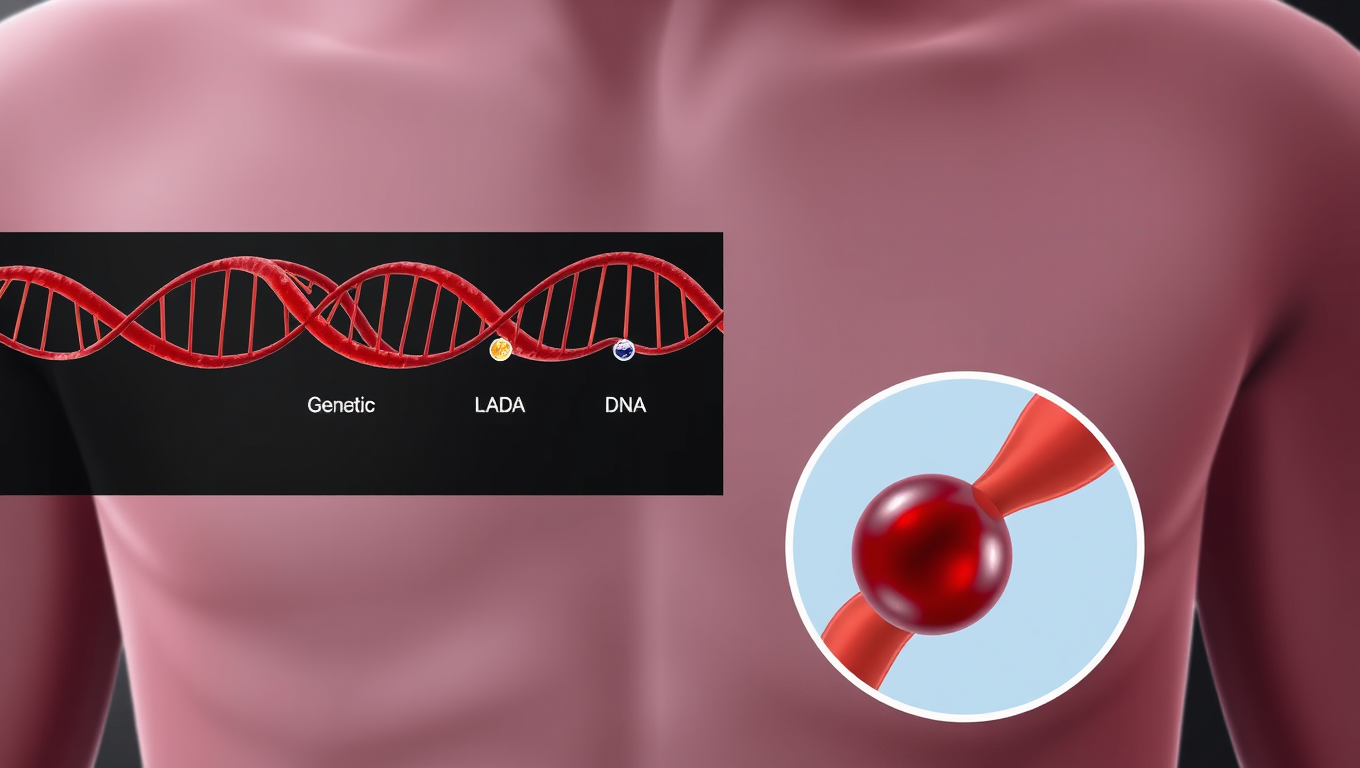While we try to keep things accurate, this content is part of an ongoing experiment and may not always be reliable.
Please double-check important details — we’re not responsible for how the information is used.
Blood Clots
“Flaws in AstraZeneca’s Research Exposed: FDA Approval for Ticagrelor Called into Question”
Fresh concerns have emerged about the platelet studies underpinning the FDA approval of ticagrelor, AstraZeneca’s multibillion-dollar heart drug. A new BMJ investigation reveals data discrepancies, missing lab readings, and questions about the integrity of the trial process. Notably, key results reported in a major cardiology journal were inaccurately presented, and some study contributors were omitted or denied involvement. With generics on the horizon, critics say these revelations highlight potential dangers, including severe rebound effects and bleeding risks, that were never properly disclosed.

Anemia
Hidden Risk: Three Genetic Variants That Raise Clot Risk by 180%
Genetic research in Sweden has unveiled three new gene variants that dramatically increase the risk of venous blood clots, sometimes by up to 180%. These discoveries build on existing knowledge of Factor V Leiden and suggest that genetics plays a bigger role than previously thought, especially for clots in the legs that can lead to life-threatening pulmonary embolisms.
Anemia
Groundbreaking Discovery in Chronic Renal Failure: A Promising Biomarker for Early Diagnosis and Prevention
Scientists have identified microRNA able to protect small blood vessels and support kidney function after severe injury.
Agriculture and Food
“Uncovering Hidden Habits: Molecules in Blood and Urine Reveal Ultra-Processed Food Intake”
Sets of metabolites found in blood and urine reliably correspond with how much energy from ultra-processed food a person consumes, according to a new study.
-

 Detectors9 months ago
Detectors9 months agoA New Horizon for Vision: How Gold Nanoparticles May Restore People’s Sight
-

 Earth & Climate10 months ago
Earth & Climate10 months agoRetiring Abroad Can Be Lonely Business
-

 Cancer10 months ago
Cancer10 months agoRevolutionizing Quantum Communication: Direct Connections Between Multiple Processors
-

 Albert Einstein10 months ago
Albert Einstein10 months agoHarnessing Water Waves: A Breakthrough in Controlling Floating Objects
-

 Chemistry10 months ago
Chemistry10 months ago“Unveiling Hidden Patterns: A New Twist on Interference Phenomena”
-

 Earth & Climate10 months ago
Earth & Climate10 months agoHousehold Electricity Three Times More Expensive Than Upcoming ‘Eco-Friendly’ Aviation E-Fuels, Study Reveals
-

 Agriculture and Food10 months ago
Agriculture and Food10 months ago“A Sustainable Solution: Researchers Create Hybrid Cheese with 25% Pea Protein”
-

 Diseases and Conditions10 months ago
Diseases and Conditions10 months agoReducing Falls Among Elderly Women with Polypharmacy through Exercise Intervention





























